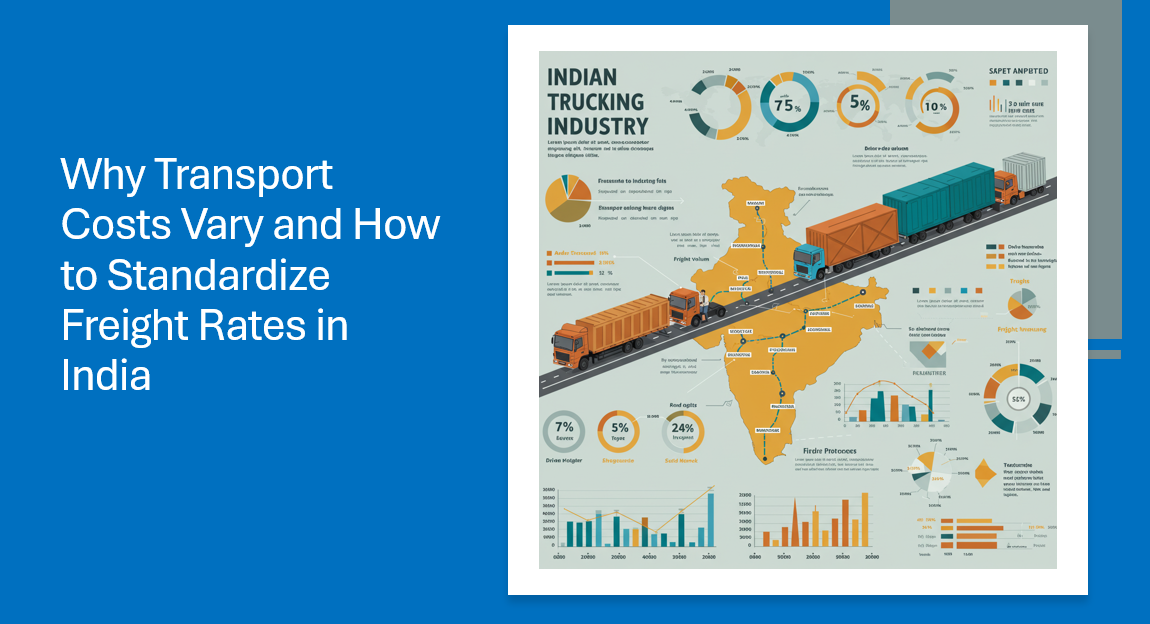Table of Contents
- Introduction to Vehicle Size and Hauling Cost Efficiency
- Understanding Vehicle Load Optimization
- The Importance of Choosing the Right Truck Size
- Load Planning for Trucks: Best Practices
- How to Manage Your Transport Budget Effectively
- The Criteria for Selecting Fleet Vehicles
- Implementing Vehicle Capacity Planning
- Conducting Transport Cost Analysis
- Strategies for Loading Pattern Optimization
- Conclusion: Maximizing Efficiency in Transportation
1. Introduction to Vehicle Size and Hauling Cost Efficiency
When it comes to transporting goods, finding the perfect vehicle size for cost-effective hauling is crucial. Selecting the right vehicle for your logistics needs not only reduces costs but also enhances operational efficiency. This post explores why optimal vehicle capacity is essential and how it plays a pivotal role in optimizing your transport strategies.
2. Understanding Vehicle Load Optimization
Vehicle load optimization involves strategically loading your transport vehicles to maximize space while adhering to safety and regulatory standards. This practice helps in:
- Minimizing transportation costs
- Reducing the number of trips required
- Lowering fuel consumption and emissions
By understanding the mechanics of load optimization, businesses can make informed decisions about the types of vehicles that best suit their hauling needs.
3. The Importance of Choosing the Right Truck Size
Choosing the right truck size is not just about meeting the demands of the current logistics project but also about future-proofing your transportation capabilities. Factors to consider include:
- The nature and volume of goods
- The distance to be covered
- Expected growth and scalability of operations
Selecting an appropriately sized truck ensures efficiency and prevents resource wastage.
4. Load Planning for Trucks: Best Practices
Effective load planning for trucks plays a critical role in optimizing the delivery process. Some best practices include:
- Using specialized software for load planning
- Regularly training staff on new loading techniques
- Planning routes that minimize fuel consumption and time
These strategies ensure that each vehicle is used to its fullest capacity.
5. How to Manage Your Transport Budget Effectively
Transport budget management is essential for any business looking to cut costs in logistics. Key aspects include:
- Regular review and adjustment of transportation strategies
- Negotiation of fuel and maintenance contracts
- Investment in technology that enhances vehicle efficiency
Implementing these measures can significantly reduce the overall cost of logistics operations.
6. The Criteria for Selecting Fleet Vehicles
When selecting fleet vehicles, businesses must consider several factors to ensure that they are making cost-effective and efficient choices. These criteria might include:
- Fuel efficiency and maintenance costs
- Compatibility with various types of payloads
- Resale value and durability
Choosing the right fleet vehicles is crucial for optimizing operational efficiency.
7. Implementing Vehicle Capacity Planning
Vehicle capacity planning is a strategic approach involving the detailed analysis of the types of vehicles needed based on the volume and type of goods transported. This planning ensures that:
- The fleet remains versatile and adaptable to changing demands
- Costs are kept to a minimum by avoiding underutilization or overloading
Effective capacity planning is key to maintaining a balance between cost and capability in fleet management.
8. Conducting Transport Cost Analysis
Transport cost analysis is a critical exercise for any business seeking to optimize logistics expenses. This analysis should consider factors such as:
- Cost per mile/kilometer
- Average load per trip
- Maintenance and operational costs
Understanding these elements can help refine logistics strategies for better cost management.
9. Strategies for Loading Pattern Optimization
Optimizing loading patterns is another aspect of improving transportation efficiency. Loading pattern optimization involves:
- Analyzing the best ways to arrange goods within a vehicle
- Employing tools and equipment that assist in efficient loading
- Regularly revisiting loading strategies to incorporate new efficiencies
Optimized loading patterns can significantly impact the quickness and safety of the transportation process.
10. Conclusion: Maximizing Efficiency in Transportation
In conclusion, finding the perfect vehicle size for cost-effective hauling is a multifaceted process that involves understanding and implementing various strategies. From choosing the right truck size to optimizing loading patterns, every step counts towards enhancing transportation efficiency and reducing costs. By focusing on these areas, businesses can ensure that they not only meet their current logistical needs but are also prepared for future challenges.
Engage with us through comments or contact us to discuss how we can help you optimize your transportation strategies further.
Stay updated with LOGIXMINDZ! Subscribe to our NEWSLETTER for the latest insights and join our LinkedIn group for even more valuable content







Leave a Reply